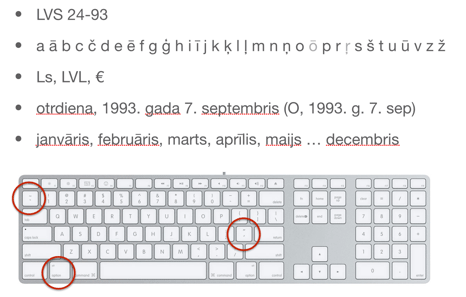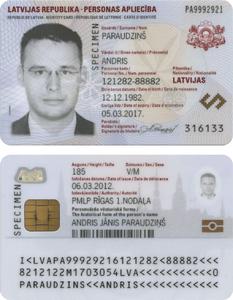If you are heading over to Latvia this summer here are the top 10 digital essentials to consider.
- Get a local SIM card for your mobile telephone. You will need a local number to be able to perform some of the other items mentioned below. Prepaid SIM cards are available from Narvesen, Circle K and larger stores and start from as low as EUR 2. Latvijas Mobilais Telefons has the best mobile coverage in Latvia, but you may want to also consider Bite, Tele2 and others. If you are staying for more than a month several cost-effective plans are also available from as low as EUR 9.99 for unlimited calls, SMS and data.
- Get your new mobile eID. If you have a Latvian passport and are using either an iOS (iPhone) or Android smartphone register for the new eSignature mobile service. This will enable you to sign documents electronically and correspond with Latvian government agencies, banks and other businesses no matter where you are in the world effectively bypassing notaries and other intermediaries. To register you will need to visit the Business Registrar of Latvia on the 2nd Floor on 2 Pērses (near the corner of Barona & Blaumaņa Streets). Bring your passport and mobile phone – the whole registration process shouldn’t take more than 15 minutes (ring them on 67108787 to check on the waiting times).
- Register your own personal domain, for example, abolins.id.lv. Every Latvian citizen is entitled to a free personal domain in the id.lv space subject to availability. If you’re feeling especially patriotic then you can also register āboliņš.id.lv with the complete Latvian letters. Having your own personal domain means that you can set up an email address that won’t change every time you decide to switch your email provider. If you have been feeling uneasy about your current email service because of the way they are using your personal data then this a great alternative. Why not set up an email address for every family member, eg. janis@abolins.id.lv, maija@abolins.id.lv, peters@abolins.id.lv and so on.
- Download the Latvian folksongs app for iOS (iPhone) and Android smartphones. There will be lots of singing this summer so why not have a few folksongs under your belt in preparation. The Tautasdziesmas app will also work without an Internet connection and the zoom function is particularly useful for campfire and other social gatherings. You can also listen to the melodies in case you need a refresher.
- Share your travel photos and videos using files.fm. Upload up to 20Gb or more and you can password protect your data as well. Founded by Latvian Jānis Viklis, this free service has been going strong since 2007 and is a super-fast alternative to Dropbox.
- Transfer your money with TransferWise and avoid unnecessary bank and currency conversion fees. Brought to you by the same people who created Skype, this service will allow you to transfer your money in hours rather than days and save money as well. Set up within minutes and use on your iOS (iPhone) and Android device. The borderless account service is even faster.
- Get around Riga with public transport using Moovit or Trafi. Enter your destination and you will be guided with step by step directions on your smart device (phone or watch). The mobile friendly website 1188 also provides timetables for services outside of Riga.
- Get around Riga with Taxify, the Uber taxi service of the Baltics. Estonian-based Taxify now operates in over 25 countries and 40 cities worldwide. Download the app, choose a driver based on distance, prices and car model and watch the driver arrive at your pick-up destination in real time. Expect to pay no more than 10-15 EUR for a taxi from the airport to the centre of Riga.
- Get around Riga with car-sharing service CarGuru. Download the app and register in minutes (which includes taking a photo of your driver’s license). Select a car from a list of nearby locations – you have up to 20 mins to get to your reserved car. Unlock the car using the app, take the keys out of the glovebox and you’re ready to start driving. The price includes all costs including fuel, parking and insurance.
- Get around Riga with a Sixt rental bike. Choose from 28 rental stations in Riga as well as Jurmala. Download the Nextbike app and register. The first 30 minutes are free, thereafter EUR 0.99 for each additional 30 minutes or EUR 9.99 for a 24 hour rental.
Latvia enjoys one of the fastest Internet speeds in the world and Lattelecom provides a free public WiFi service. But we suggest you get off your devices and enjoy the rich cultural program on offer (including the Song Festival in early July) as part of Latvia’s centenary celebrations!









